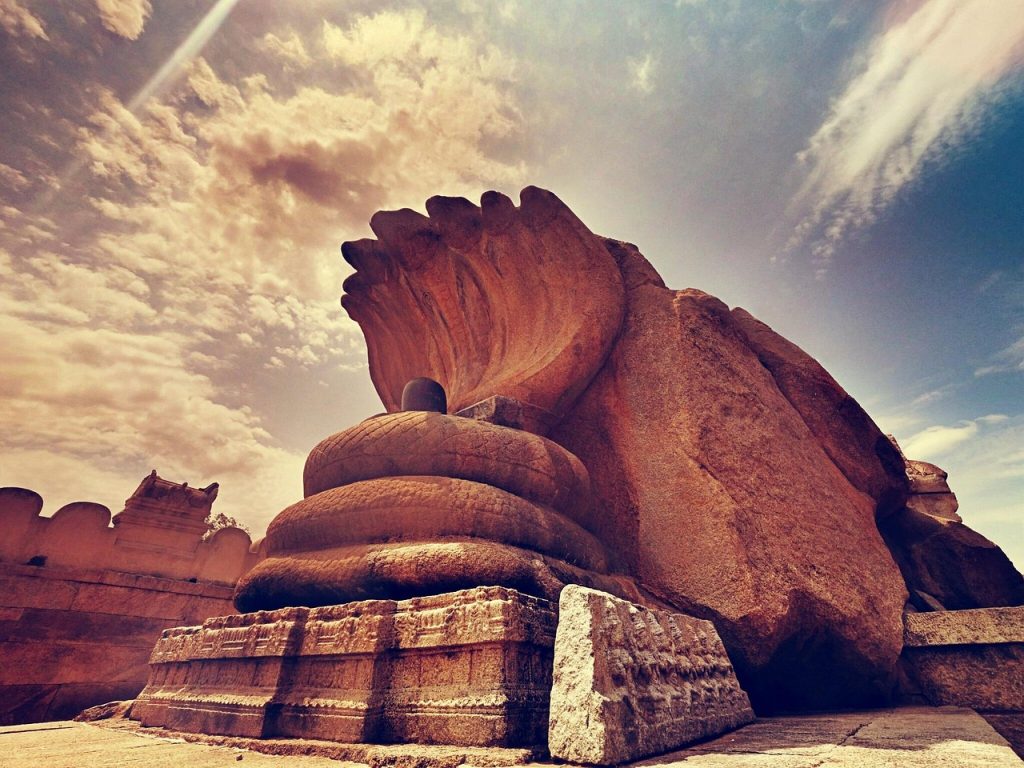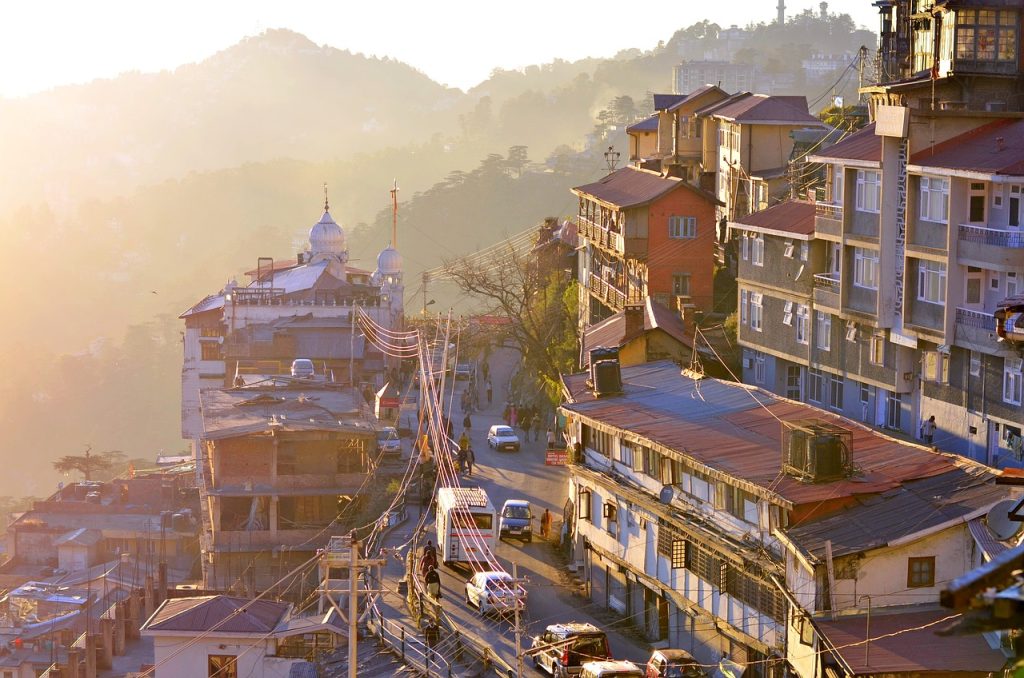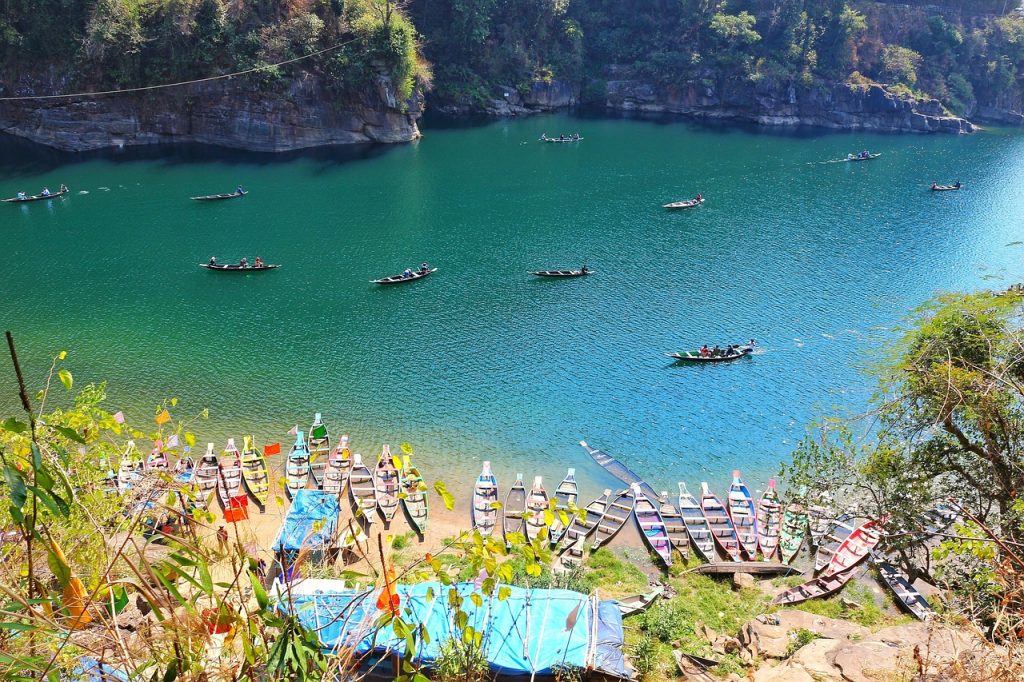
India has been a home to humans for thousands of years. The Indus Valley civilization, dating back to around 3300 BC, flourished between 2600 BCE and 1900 BCE. With this, the Indian subcontinent ushered in urban civilization. Waves of migration took people to different corners of the country. Traversing civilizations, empires, dynasties, and several epochs, India became what it is today- a diverse country with several states and union territories. In this article, we will answer a common question- “How many states in India at present?”
India is a land of diverse cultures and a rich heritage. What enriches this beautiful variegation in India are its states and union territories. The boundaries that divide states witness a striking difference between cultures, traditions, values, legacies, languages, lifestyles, and even history and geography. This diversification in India comes through its 28 states and 8 union territories.
The formation of states in India began after the country gained independence in 1947. It led to the merger of several incoherent princely states (over 500 princely states existed before independence). The State Reorganization Act was passed in 1956, which reorganized the boundaries of Indian states and territories based on language.
Now, coming to the question- “how many states are there in India?”
India is divided into 28 states and 8 union territories.
Knowing how many states are in India is essential for every student for several reasons. First and foremost, the knowledge of states and union territories, and their capitals is relevant in geography. This basic knowledge comes in handy during tough competitive examinations.
Secondly, the knowledge of state capitals forms the foundation for understanding the Indian political system. As every state has a different political structure, understanding the boundaries and distinctions helps students comprehend the functioning of the political system and regional governance.
Thirdly, it helps students appreciate diversity. The unique culture, history, languages, and traditions juxtaposed with each other aggrandize the nation’s tapestry. A grasp of boundaries and what each state encapsulates makes students respect and value heterogeneity.
Lastly, knowing the states, capitals, languages, and cultures enriches the travel experience. Hence, every student should be able to answer how many states in India.
Here is the detailed list of Indian states and union territories:
Capital: Amaravati
Andhra Pradesh sits in southeast India. The rich culture, vibrant festivals, delectable cuisines, classical dance and music, and traditional arts and crafts, set this Indian state apart. Home to temples like Amaravati Maha Chaitya and Tirupati’s Tirumala Venkateswara Temple, this state is also known as the “rice bowl of India”.

Capital: Itanagar
The northeastern state of Arunachal Pradesh is known for its enchanting beauty. It is also the site of the largest monastery in the country, the Tawang Monastery.
The beauty of this state lies in the diversity created by several indigenous tribes that have their distinct traditions.
Capital: Dispur
Assam is India’s largest tea producer. It also has oil and natural gas reserves that strengthen the economy. The Bihu festival of Assam introduces the world to its rich culture and diversity. The Kaziranga National Park is also located in Assam.
Capital: Patna
Bihar holds a deep cultural, religious, and historical significance. It is the place of origin of Jainism and Buddhism. In the past, it served as the center of the Gupta and Maurya Empires. Nalanda, one of the ancient universities, is located in Bihar.
Capital: Raipur
Chattisgarh boasts a rich tribal heritage. A hub of abundant natural resources, this state is one of the major producers of electricity and steel. It also houses several ancient Buddhist sites and temples, making it a historically and culturally significant place.
Capital: Panaji
Goa is a gorgeous amalgamation of Indian and Portuguese cultures. Situated on the western coast of the country, it is one of the most sought-after tourist destinations.
Apart from beaches and nightlife, Goa is famous for its Portuguese architecture, old churches, and seafood.

Capital: Gandhinagar
Gujarat is known for its vibrant festivals, historical significance, and economic contributions. The Garba dance of Gujarat is famous across the world. It is also the site of the ancient Indus Valley civilization.
It is also the hub of the textile and diamond industry.
Capital: Chandigarh
Kurukshetra, where Mahabharata took place, is in Haryana. The agriculture sector of this state is the biggest contributor to its growing economy.
Capital: Shimla
Himachal Pradesh, home to Shimla and Manali, is one of the most picturesque states of India. The snow-capped peaks, lush green valleys, and Tibetan culture magnetize tourists from across the country.

Capital: Ranchi
Jharkhand bears significant historical importance. From stone age and iron age to conquests by Maurya Empire and Mughal Empire, the state has witnessed it all.
The natural resources of the state drive its economy. It is one of the leading producers of steel, and minerals like iron and coal.
Capital: Bengaluru
The IT hub of India also bears great cultural and historical importance. The diverse topography of this state comes together with dense forests, hill stations, and coastal regions. Hampi, the popular historic town, is also situated in Karnataka.
Capital: Kochi
Kerala is known as “God’s Own Country”. Thanks to its breathtaking landscapes.
Apart from the backwaters, beaches, and lush greens, it is also famous for Ayurveda. In ancient times, it served as a spice trade center, which enhances its historical significance.
Capital: Bhopal
Madhya Pradesh, the heart of the nation, is a state that holds great cultural and historical importance. It houses several historical monuments, such as Khajuraho temples, Sanchi Stupa, Orchha Fort, Bhimbetka Caves, etc.
Capital: Mumbai
The coastal state of Maharashtra is the hub of Indian cinema. Home to historic forts, UNESCO sites, such as Ajanta and Ellora, and gorgeous hill stations, such as Panchgani, Mahabaleshwar, etc., Maharashtra is also the financial capital of India and an epitome of cultural diversity.
Capital: Imphal
Manipur is situated in the northeast area of India. It is famous for its striking natural beauty, classical dance forms, and festivals.
Capital: Shillong
Meghalaya is another eastern state that comes alive with natural landscapes, pleasant weather, and cultural heritage. Popularly known as the “Abode of Clouds”,the state serves you with the most breathtaking views.

Capital: Aizwal
Mizoram has dense forests, national parks, a few hill stations, and several tribes. Its tribal culture and traditional festivities make it a culturally rich state.
Capital: Kohima
Nagaland is a state of vibrant cultures, traditions, and festivals. It has diverse wildlife, an assortment of historical sites, and breathtaking natural beauty. Several distinct tribes inhabit this state.
Capital: Bhubaneswar
This state is located on the eastern coast of the country and is known for gorgeous beaches and ancient temples, such as Jagannath Temple.
Capital: Chandigarh
Punjab is synonymous with culture, culinary delights, Golden Temple, and Bhangra. It is also celebrated for its extensive agricultural activities. It is the state where Sikhism originated, and hence, it bears great significance for people following this religion.
Capital: Jaipur
The princely state of Rajasthan is a royal escapade for tourists from across the world. It is home to majestic forts and palaces, desert landscapes, and deep-rooted traditions and culture.

Capital: Gangtok
Sitting in the lap of the majestic Himalayas, this state is known for its biodiversity. The snow-capped mountains, rivers, valleys, local cuisines, and culture make it a state worth visiting.
Capital: Chennai
The ancient temples, diverse art, rich culture, distinctive cuisines, and wildlife of Tamil Nadu make it a wonderful state. Moreover, it has given several pioneers to the country, including CV Raman and APJ Abdul Kalam.
Capital: Hyderabad
Although it is the newest state in India, it bears great historical importance. The capital city Hyderabad is known for its delectable food, rich culture and traditions, architecture, and art.
Capital: Agartala
Tripura is a northeastern state in India, famous for its natural landscape and tribal culture. The historical sites, jaw-dropping beauty, and art never cease to amaze tourists.
Capital: Lucknow
The city of Nawabs houses one of the Seven Wonders of the World, the Taj Mahal. It has several cities with religious significance, including Ayodhya (birthplace of Lord Rama) and Mathura (birthplace of Lord Krishna). Ganga, the most sacred river, also traverses this state.

Capital: Dehradun
Uttarakhand, the land of Gods, is famous for its Char Dham pilgrimage, natural beauty and landscape, diverse wildlife, and rich culture.
Capital: Kolkata
This eastern state of India is renowned for its art, literature, and culture. It is a major agricultural hub of India, and home to the largest Mangrove forest in the world, the Sunderbans.
Capital: Port Blair
Andaman and Nicobar Islands are India’s beach paradise filled with lush greenery and coral reefs. The capital city is famous for the Cellular Jail, Havelock Island, and Neil Island. It is a perfect place for beginners to try scuba diving and snorkeling.
Capital: Daman
Daman and Diu located around Gujarat exhibit the unique blend of Indo-Portuguese culture. The capital is known for quiet beaches like Jampore and Devka along with churches, historic forts, and other Portuguese architecture. Diu is tiny island known for pristine beaches, old forts, and churches.
Capital: Puducherry
Puducherry locates 3 hours away from Chennai and exhibits a French colonial heritage. It attracts tourists due to Auroville, an experimental township that sustains with its own set of rules and lifestyle. Puducherry is also known for Aurobindo Ashram and Promenade Beach.

Capital: New Delhi
The capital city of India is divided between New and Old Delhi that beautifully blends Mughal architectures with rapid urbanization. Delhi is a cultural melting pot with people of all walks of life contributing their lifestyles and food habits. Jama Masjid, Red Fort, Lotus Temple, and Qutub Minar and some prominent places to visit.
Capital: Srinagar (Summer), Jammu (Winter)
Jammu and Kashmir is known for lush valleys, serene lakes, apple orchards, and Shikara ride. From Gulmarg’s ski slopes to meadows of Sonamarg, this state is heaven on earth.
Capital: Kavaratti
Lakshadweep is a tropical archipelago of 36 islands that are protected for its fragile ecosystem located off the southwestern coast of India. Agatti, Bangaram, and Minicoy are popular islands that attract nature and water sport enthusiasts.
Capital: Chandigarh
Being one of the planned cities of India, Chandigarh maintains its streets, green spaces and sprawling architecture. It is famous for places like Rose Garden, Rock Garden and Sukhna Lake. The union territory is also the capital of Punjab and Haryana.
Capital: Leh and Kargil
Ladakh offers one of the most unique landscapes in India while offering breathtaking views of Himalayas and the Karakoram range. The Buddhist cultures thrives and homes monasteries like Hemis and Thiksey. It is also famous for lakes like Pangong Tso and Tso Moriri and barren lands that offer spectacular views of mountains, sky and everything in-between.
From aspiring to take geography in higher classes to having general knowledge for competitive exams, it is important to know about our country and its places. Students learning in CBSE board familiarize with such information through social studies.
At DWPS Barasat, we promote interactive learning experiences to make education fun and accessible for all. We ensure students know about their country, states, and capital to make GK interesting.